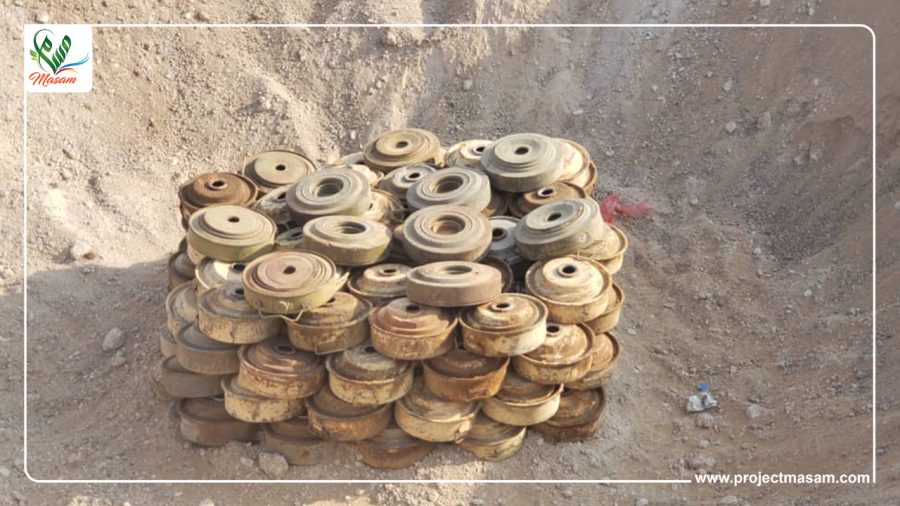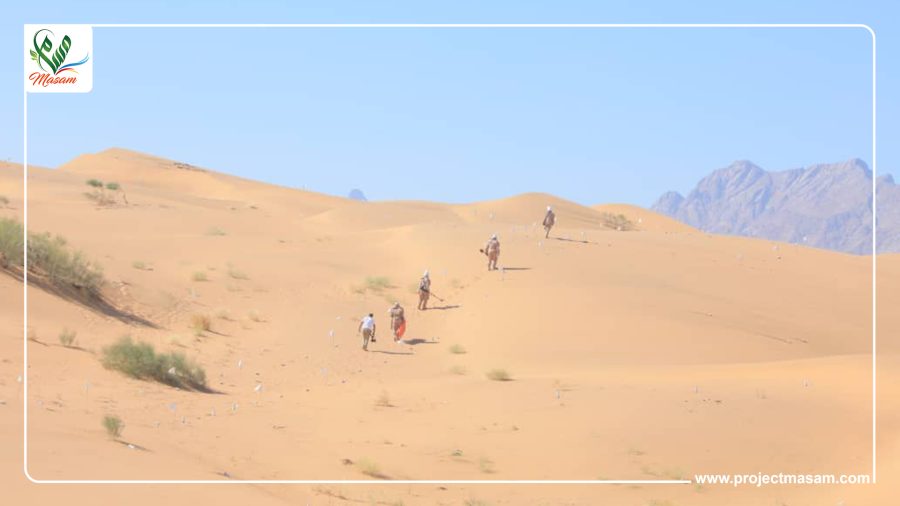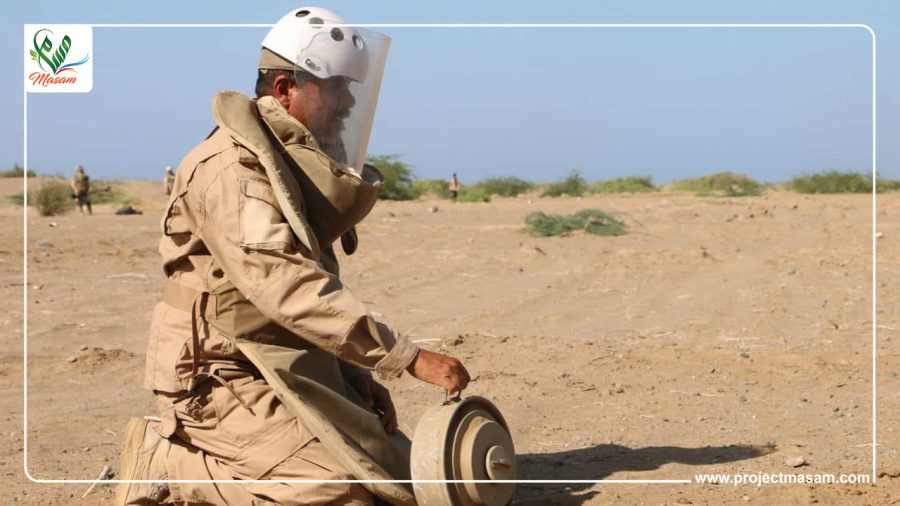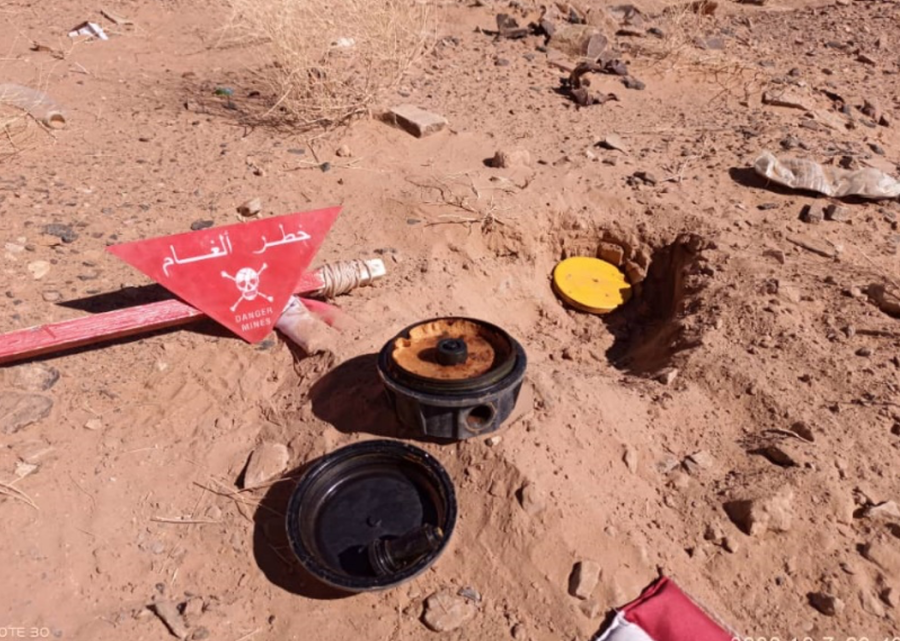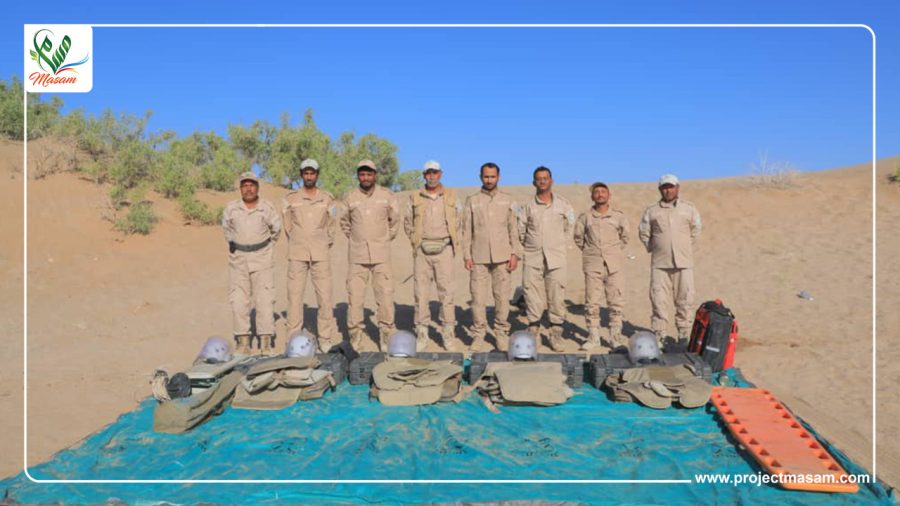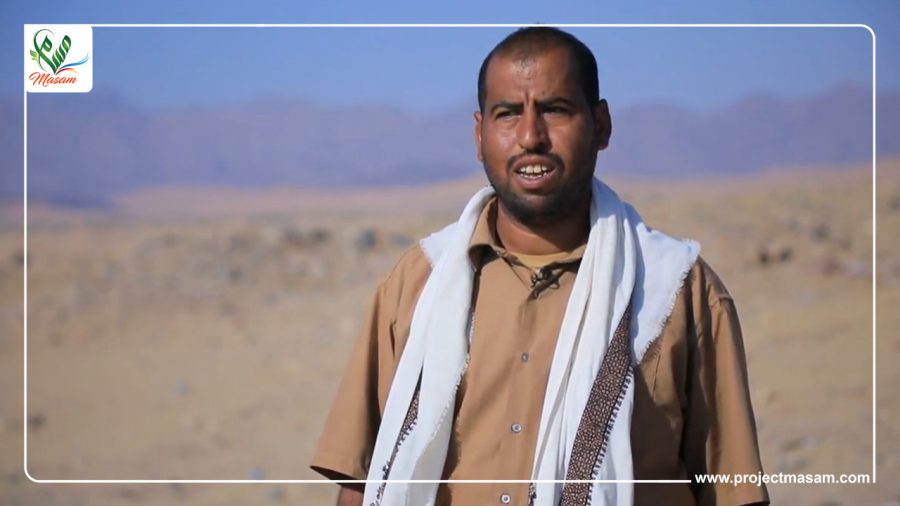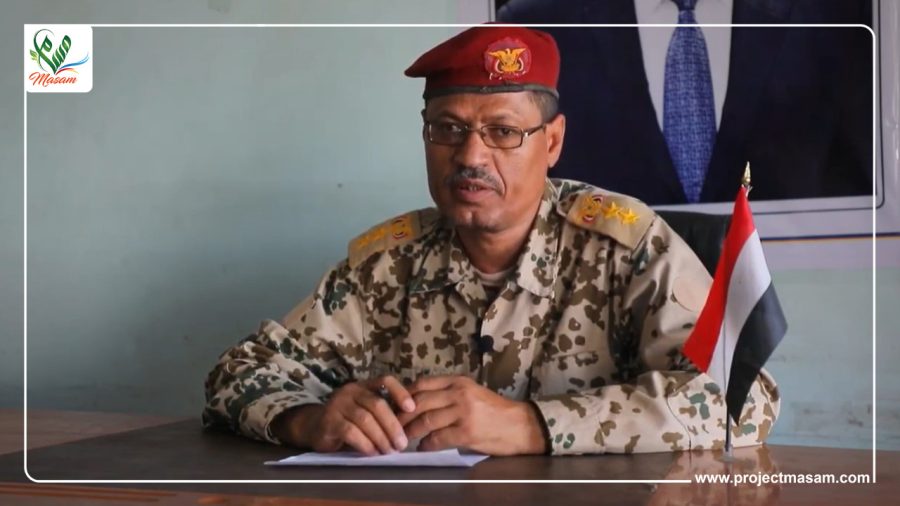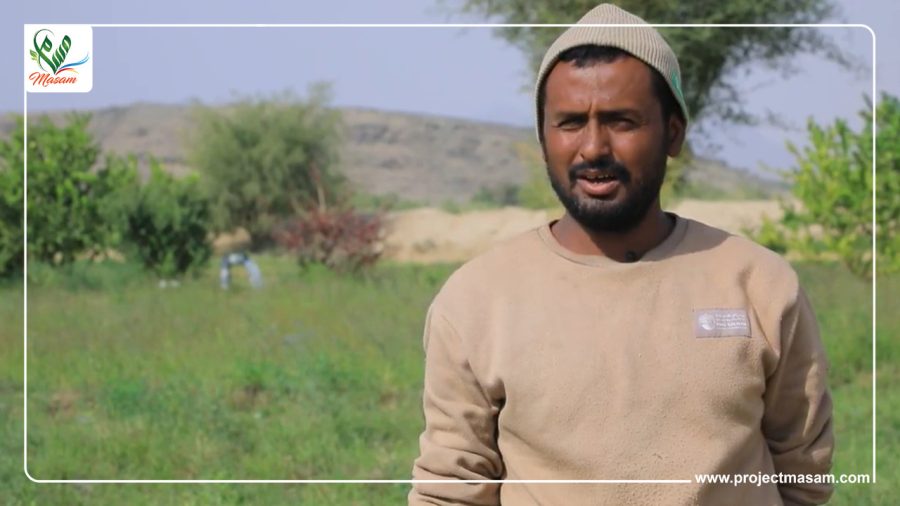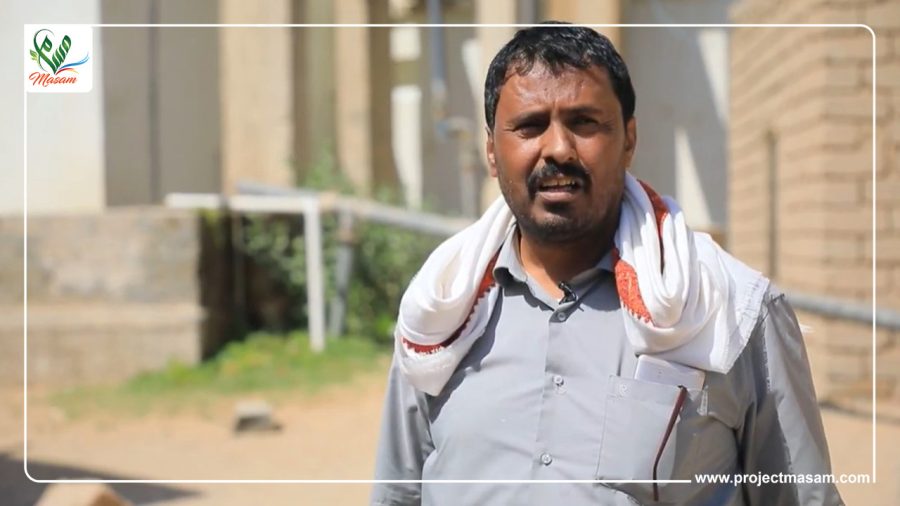Masam destroys 1,002 landmines and explosive items in Bab al-Mandab
Project Masam has successfully removed and destroyed 1002 landmines, improvised explosive devices (IEDs) and various unexploded ordnance (UXO) in Yemen’s Bab Al-Mandab. The operation carried out today (December 14) by Masam teams included the destruction of 453 anti-tank mines, 68 UXO, 453 miscellaneous fuses, eight IEDs, and 20 anti-personnel mines. Engineer Adib Rajab, Deputy Team…

